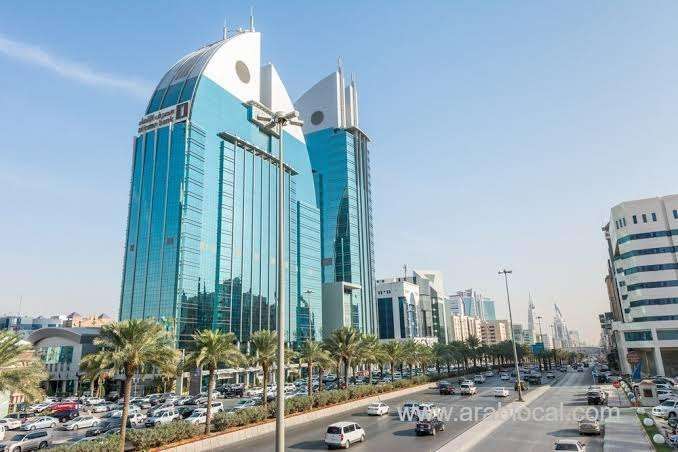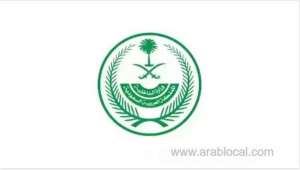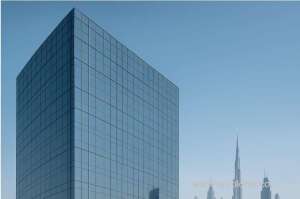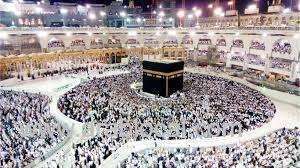According to people familiar with the matter, the Saudi Central Bank deposited about 50 billion riyals ($13 billion) with commercial lenders to ease the worst liquidity crunch in over a decade.
The Saudi intervention started just before the US Federal Reserve hiked interest rates this month, and appeared to consist of providing banks with cash at a discount to the Saudi Interbank Offered Rate, known as Saibor, which is used as a benchmark to price loans, the people said on condition of anonymity because the information is private.
A request for comment was not immediately returned by SAMA, the central bank.
According to Saibor, liquidity conditions were the tightest since late 2008, when the price of crude fell below $40 a barrel. There is no precedent for the scale of the Saudi bank funding crisis outside of oil price crashes or global financial crises like the 2008-2009 credit crunch.
Despite a rally in oil prices above $100 and increased production, Saudi Arabia is on track to run its first budget surplus in about a decade.
There have been at least three different tranches of funding from the central bank so far, with the first and second injections of about 15 billion riyals each, the people reported. According to the company, it made at least one more placement that included both short-term and long-term maturities recently.
Bloomberg data show that the Saibor rate fell by 17 basis points from Friday to 3.13 per cent on Sunday, its biggest decline in over a month, a sign that recent interventions by the central bank are already putting pressure on the market.
While authorities strive to mobilise capital for the kingdom's mega projects, they are concerned about the costs of liquidity for Saudi Arabia's banks. Recently, the central bank extended the tenor on its repo facility from four weeks to 13 weeks to ease immediate funding constraints.
According to Bloomberg last month, Saudi Arabia plans to hold excess oil revenues until at least early next year, trying to end the cycle of oil-linked booms and busts that have typified the economy in the past.
The banking industry had expected high oil prices to generate government deposits more quickly, which would ease liquidity constraints.
Saudi Arabia's credit expansion has been largely driven by a boom in mortgage lending, which has limited bank deposit growth. The government is withholding the oil windfall as part of a more conservative approach to fiscal policy, which has squeezed the money market.
Deposits are up less than 4% so far in 2022 in Saudi Arabia, despite the country's double-digit growth in consumer lending this year. Over 100 billion riyals were extended by the central bank to local banks in the form of liquidity injections and to offset the costs of deferring loans for small businesses affected by the pandemic in 2020.









